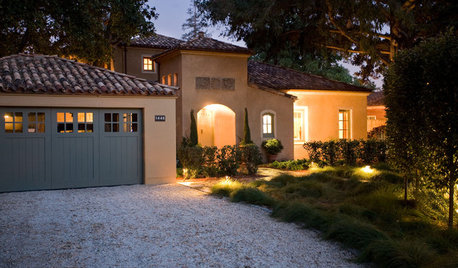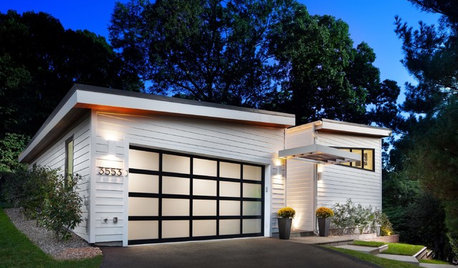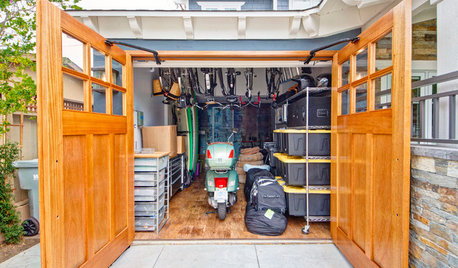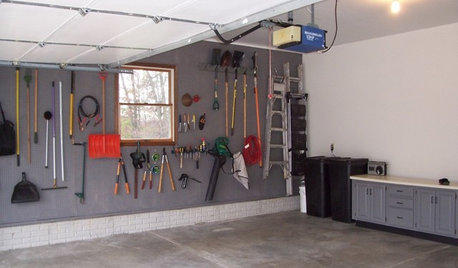a Lawn tractor with Diff/lock
sergeant
16 years ago
Featured Answer
Sort by:Oldest
Comments (22)
johndeere
16 years agolast modified: 9 years agosergeant
16 years agolast modified: 9 years agoRelated Professionals
Graham Landscape Architects & Landscape Designers · Frisco Landscape Contractors · Wilmington Landscape Contractors · Canby Landscape Contractors · Danvers Landscape Contractors · Golden Gate Landscape Contractors · Saint Paul Landscape Contractors · Waterford Landscape Contractors · West Haverstraw Landscape Contractors · Yukon Landscape Contractors · East Norriton Landscape Contractors · Idylwood Window Contractors · Revere Window Contractors · Santa Cruz Window Contractors · Wilmette Window Contractorsgzec
16 years agolast modified: 9 years agosadixon49
16 years agolast modified: 9 years agooldtiredbob
16 years agolast modified: 9 years agomachiem
16 years agolast modified: 9 years agodon21
16 years agolast modified: 9 years agogzec
16 years agolast modified: 9 years agocherokee_140
16 years agolast modified: 9 years agoden69rs96
16 years agolast modified: 9 years agocherokee_140
16 years agolast modified: 9 years agomownie
16 years agolast modified: 9 years agoden69rs96
16 years agolast modified: 9 years agodeartractors
16 years agolast modified: 9 years agomckeon110
16 years agolast modified: 9 years agoaesanders
16 years agolast modified: 9 years agomckeon110
16 years agolast modified: 9 years agomownie
16 years agolast modified: 9 years agomckeon110
16 years agolast modified: 9 years agoTeacher Divine
7 years agorexlex
7 years ago
Related Stories

REMODELING GUIDESGravel Driveways: Crunching the Pros and Cons
If you want to play rough with your driveway, put away the pavers and choose the rocky road
Full Story
LANDSCAPE DESIGNNatural Swimming Pools: More Beauty, No Chemicals
Keep your skin and the environment healthy with a pool that cleans itself, naturally
Full Story
GARAGESKey Measurements for the Perfect Garage
Get the dimensions that will let you fit one or more cars in your garage, plus storage and other needs
Full Story
GARDENING AND LANDSCAPINGGrow a Lush Privacy Screen
No need to wait forever for patio privacy the green way. These 10 ideas will get your screening up and running in no time
Full Story
GARAGESHouzz Call: How Do You Put Your Garage to Work for Your Home?
Cars, storage, crafts, relaxing ... all of the above? Upload a photo of your garage and tell us how it performs as a workhorse
Full Story
GARAGESRoom of the Day: Detached Garage Turned Teen Cave
New room serves up Ping-Pong, disc golf and board games, and hosts movie nights and sleepovers
Full Story
COMMUNITY15 Ways to Make Your Neighborhood Better
Does your community lack ... well, a sense of community? Here's how to strengthen that neighborly spirit
Full Story
LIFEEasy Green: Modern Homesteaders Stake a Claim
With more options for raising chickens, growing edibles and keeping bees than ever, suburban and city folk are rediscovering a lost art
Full Story
LIFETo-Dos: Your October Home Checklist
It’s a great time to clean your gutters, swap out seasonal clothes and wallow in favorite fall traditions. What’s on your October list?
Full Story
MORE ROOMS6 Garage Organizing Tips That Really Work
National Clean Out the Garage Day: Here's how to clear the clutter and organize what's left
Full Story





tomplum